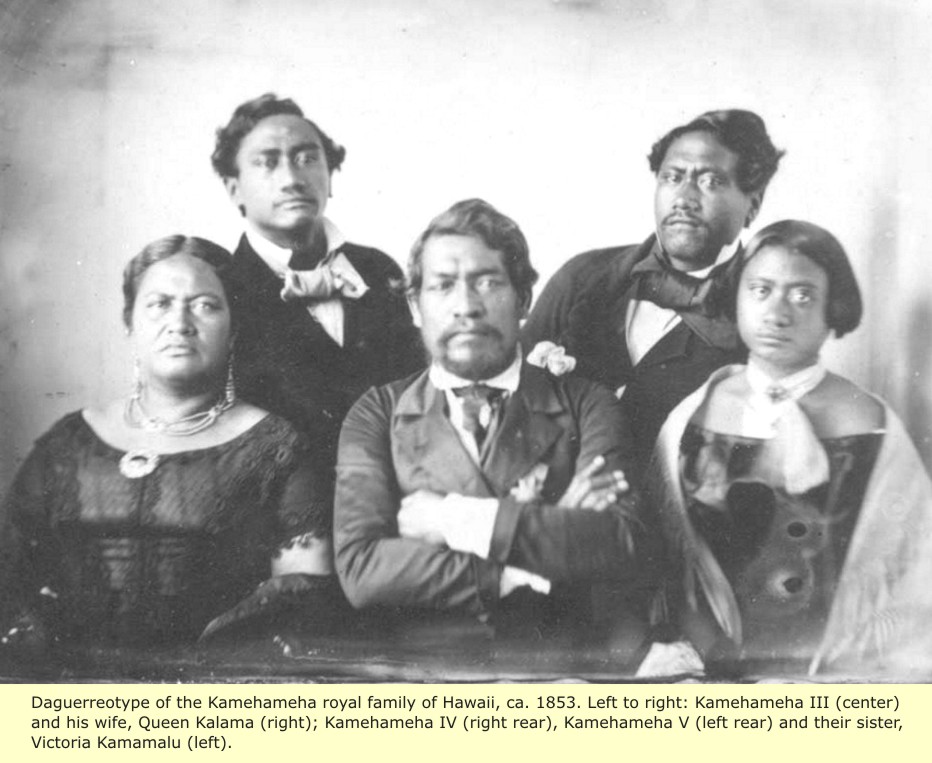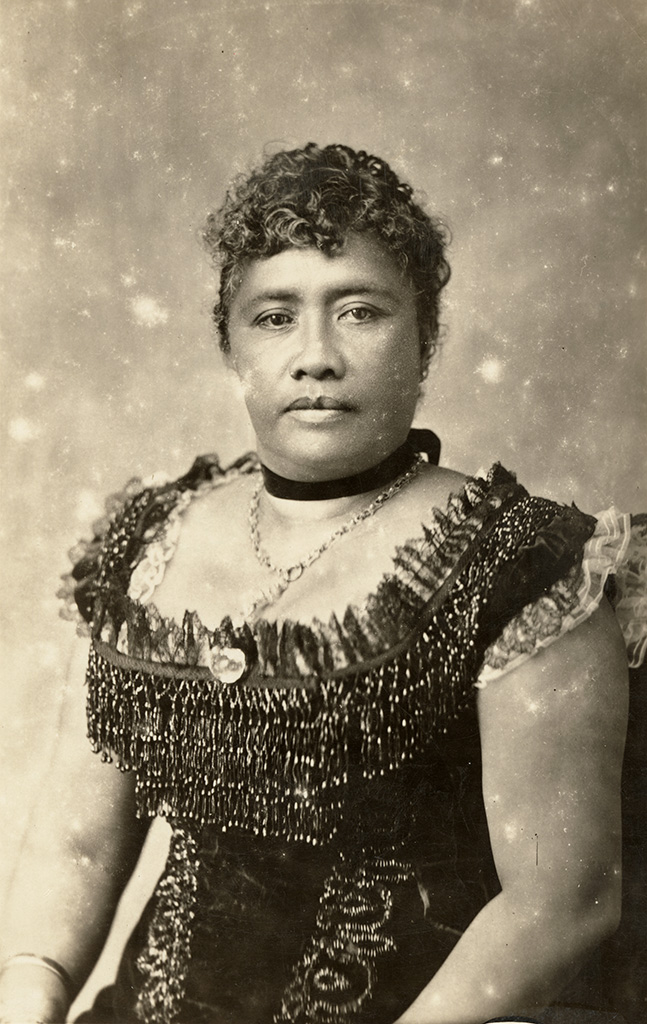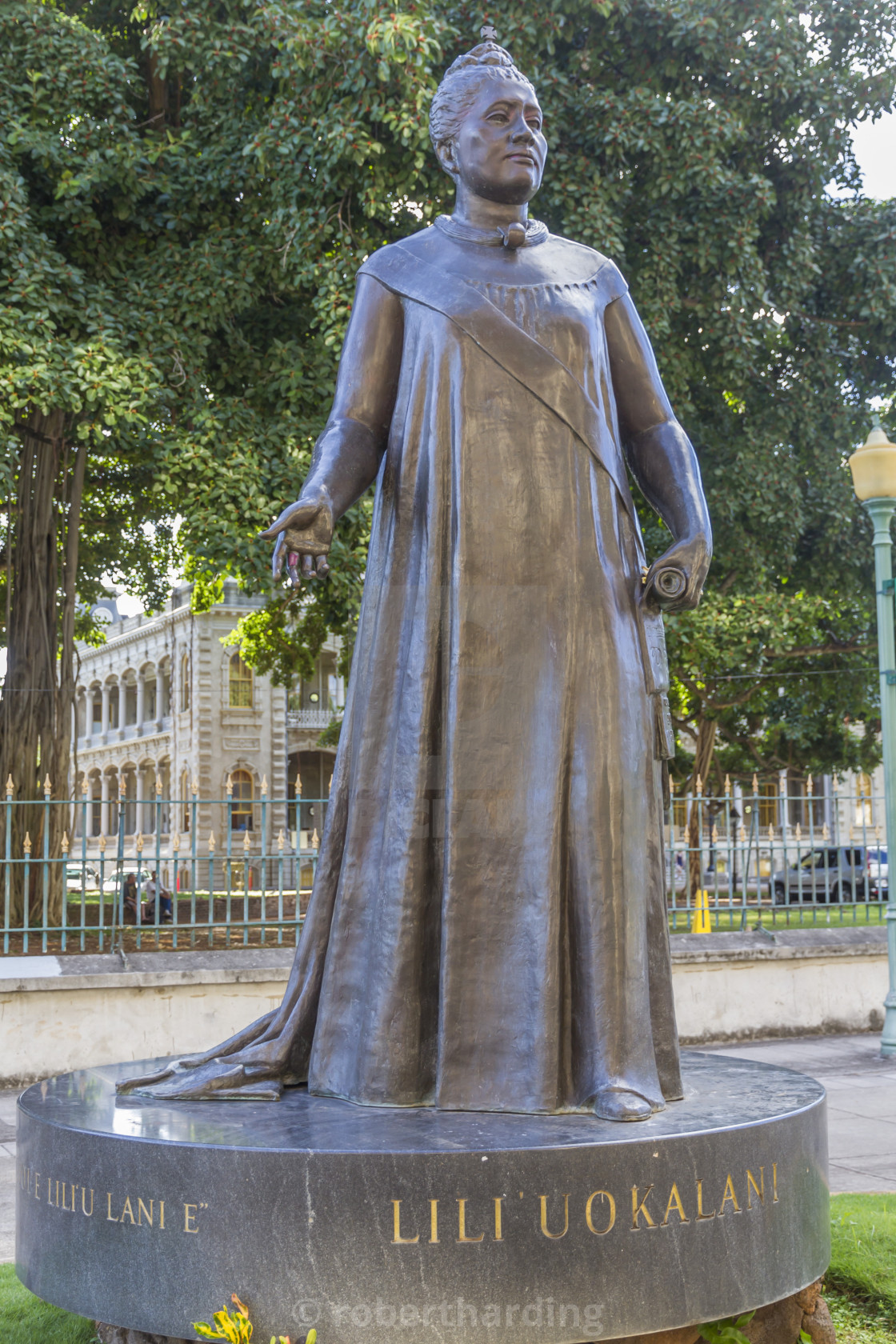The question of whether or not the original natives of Hawaii are truly of African descent has remained one of the biggest puzzles ever. Although their skin, hair and way of life prove that they were of African descent, scholars have one way or the other refused to dig into their history to provide clear evidence to their story while also sidelining the little findings by several historians and anthropology scholars.

Accepted or not, there is no denying that the first settlers in Hawaii were African and or of African descent who mixed with the red Indians after discovering and settling in the lands.
According to Kalamu, Africans reached Hawaii through their exploratory adventures which took them to lands beyond their continent way before the Europeans brought to them the supposed enlightenment.

The first Hawaiian and their royals were dark skinned with distinctly African features who ruled their people and lived in an African-style community until the forceful invasion of the whites in America and the end of their royal lineage after they destroyed the then Queen Liliʻuokalani.
She is known as the last black royal of Hawaii and was the first and last woman to rule her people between 1891 and 1893. She gained her royal lineage after being adopted.
Born on September 2, 1838, as Lydia Liliʻu Loloku Walania Kamakaʻeha to High Chief Kamanawa II and his wife, her father was the great-grandson of one of the five Kona chiefs in Hawaii. Interestingly, there is the existence of a Jukun-Kona tribe in Nigeria and some of their people had migrated to other parts of the world.
Liliʻuokalani became direct heir to the throne and crown princess after the death of her youngest brother in 1877 when she was 39 years old. As a young royal, Liliʻuokalani was educated in a special Royal School and was taught by white American missionaries.
While in school, she gained an interest in literature and music and would become a composer and writer aside from being queen. At the age of 24, after successful completion of her education, she married American statesman John Owen Dominis after 2 years of engagement.

Princess Liliʻuokalani became queen in 1891 after the death of her older brother King Kalākaua during a visit to the U.S. after food poisoning. The princess became queen and naturally took up the position as she was acting as regent for the second time in the absence of her brother. After becoming queen, her husband became Prince Consort.
During her short time as queen, she was very influential in the creation of opportunities, amending several laws that did not work in their favour. She founded the Liliuokalani’s Savings Bank for women, helped in the establishment of a money lending group for working women, established orphanages and founded the Liliʻuokalani Educational Society to train black girls from poor homes in various trades. She also created a fund to pay for fees of various intelligent black women.
Unfortunately, following the queen’s hard work to restore 100% power to the monarchy of Hawaii after it was reduced by the U.S. government through the Bayonet Constitution, Liliʻuokalani was overthrown by a group of American and European businessmen, with the support of U.S. Minister John Stevens and a contingent of U.S. Marines on January 17, 1893. Hoping that sanity and peace will remain, the queen surrendered after writing a letter that read:
I, LILIUOKALANI, by the Grace of God and under the Constitution of The Hawaiian Kingdom, Queen, do hereby solemnly protest against any and all acts done against myself and the Constitutional Government of the Hawaiian Kingdom by certain persons claiming to have established a Provisional Government of and for this Kingdom.
Now to avoid any collision of armed forces, and perhaps the loss of life, I do under this protest and impelled by said force yield my authority until such time as the Government of the United States shall upon the facts being presented to it undo the action of its representative and reinstate me in the authority which I claim as the Constitutional Sovereign of the Hawaiian Islands.

Queen Liliuokalani was of the belief that the then president of the U.S. would reinstate her as queen, however, President Grover Cleveland deceived her by promising her a reinstatement after she granted amnesty to all those who had been involved in the coup. In 1894, the U.S. made Hawaii a republic and gave it a president, marking the end of the monarchical rule.
The queen was later arrested in 1895 after accusations of staging a rebellion. She was kept under house arrest in her own home where she abdicated her throne for the release of several innocent people who had been arrested because of her.
The queen tried to regain the monarchy of Hawaii, and, after several failed attempts, lived a private but heavily monitored life until she died of a stroke in 1917.

The queen is remembered not only for her works to empower women, her fight for the monarchy and for being the last black queen as she is popularly called, but also remembered for her many songs, poems, and for writing her autobiography, Hawaii’s Story by Hawaii’s Queen during her imprisonment following the overthrow.










